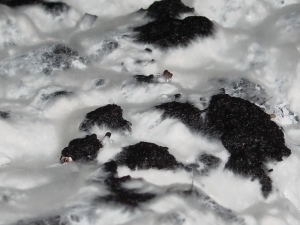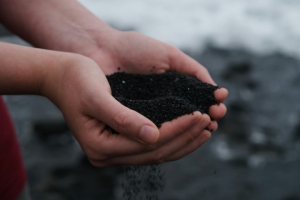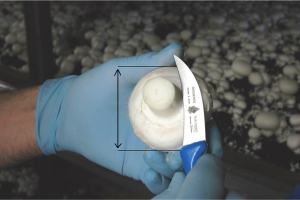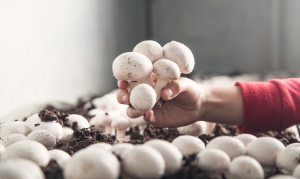
Blogs
High, higher, too high?
Oct 30,
2024
After the last water during the incubation in the casing soil, the grower wants the mycelium to grow onto the surface. To ensure a good…
Mushrooms are not hydroponic
Oct 29,
2024
A few years ago, it was standard practice to give a significant amount of water in the first few days after casing. It was common…
Compost Activity
Sep 12,
2024
Mushroom growers worldwide face the same problem: there are times during cultivation when the compost exhibits either more or less activity than desired. This can…
Picking and calibration
Aug 04,
2024
Generally picking is considered by many as a low education job. But on the other hand, we rely on our picking force to deliver a…
Imported compost in blocks
Jun 19,
2024
All around the world growers can receive phase 3 blocks. Especially in countries where no or just some raw materials to make compost are available,…
And then it's summer!
May 21,
2024
Europe is now at the time of the year summer will burst out. And every year the same growing problems occur at this time, getting…
Dirty bunker pipes
Apr 02,
2024
Not hard to imagine that reduced air flow going into the compost is not good for the quality of the compost. To maintain high-quality compost,…
About the mushroom production process
Feb 26,
2024
Phase 1: Making Fresh CompostThe process of mushroom farming starts with the creation of fresh compost. A balanced mixture of different raw materials, including hay,…
Water, the ongoing discussion
Nov 30,
2023
If one wants to start a discussion with a grower (or with a consultant), start talking about watering.How much, when and what watering method.To make…



























